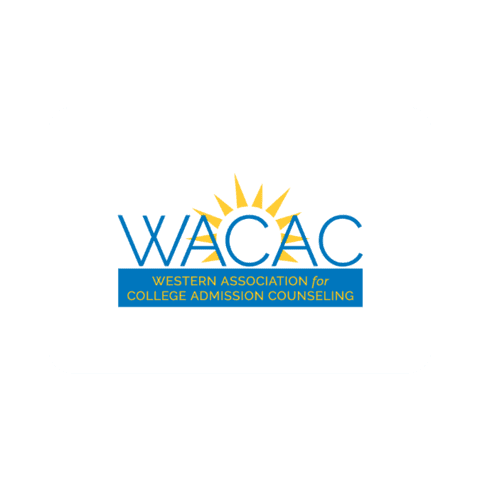The University of Pittsburgh is a public university in PA, founded in 1787 and offers Bachelor’s degrees for undergraduates and Master’s and Doctoral degrees for graduate students. The undergraduate enrollment is 19,197, and the graduate enrollment is 9,037. The University of Pittsburgh is a highly selective school, receiving 32,549 applications and accepting 63.9% of applicants. Additionally, the University of Pittsburgh’s athletics teams compete at the club, intramural, and varsity levels.




